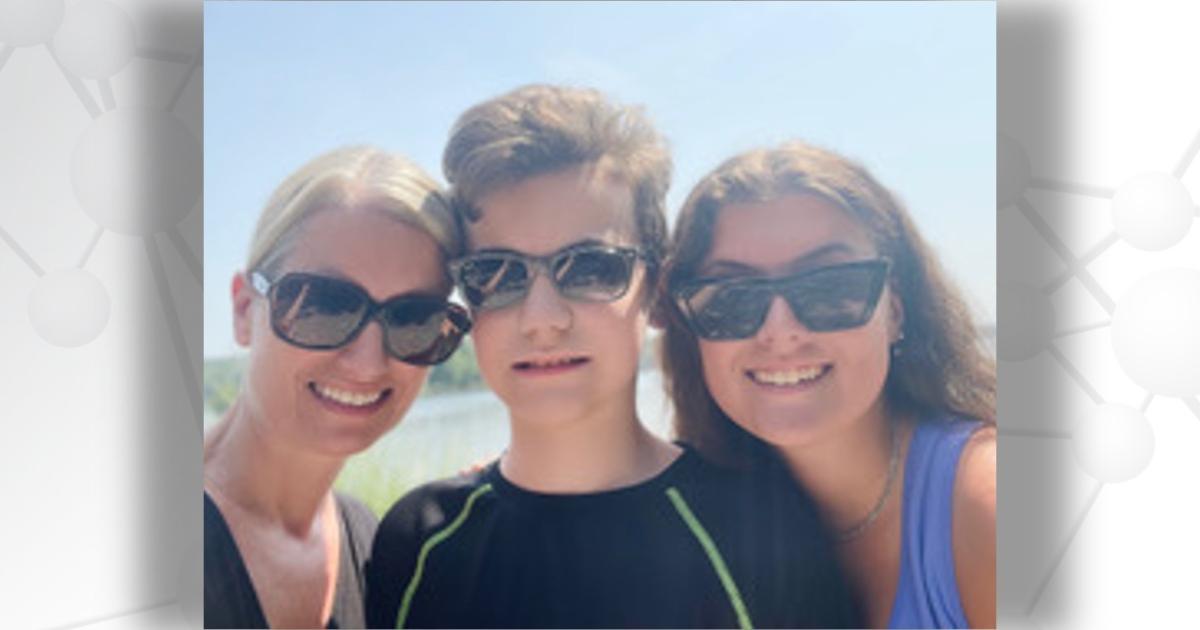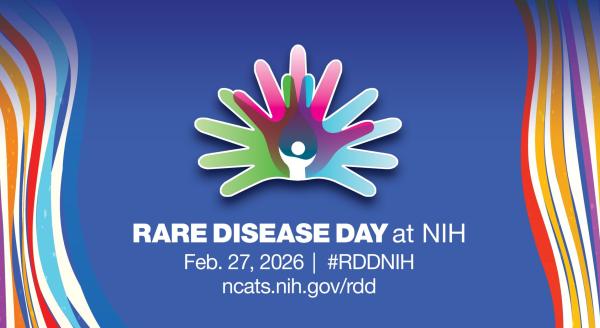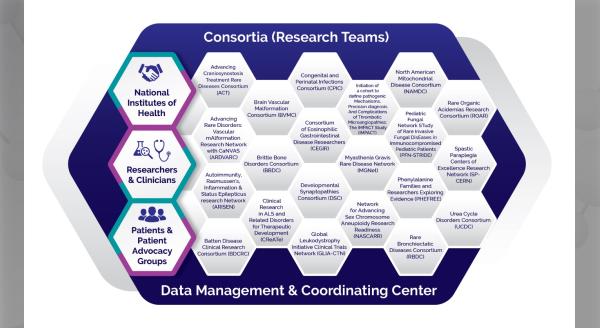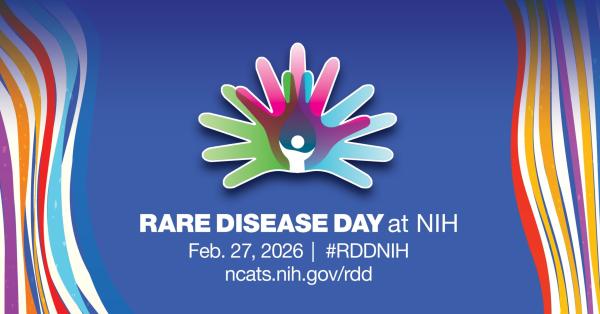Mitchell Magyar is a 13-year-old who loves golf, hiking, archery, riding his bike, and playing video games with his friends. He is also diagnosed with argininosuccinic aciduria (ASA), a type of urea cycle disorder. Here, his mother Amy Magyar shares their journey with ASA, from diagnosis to getting involved with advocacy and research participation.
When and how was Mitchell diagnosed?
Mitchell was diagnosed at seven days old by the State of Connecticut Newborn Screening Test. However, he was already showing symptoms of a urea cycle disorder—unknown to us, since the symptoms can often mimic typical newborn behaviors and issues. These include refusing to eat, weight loss, lethargy.
What has been your experience as a family member of a person living with a rare disease?
As the mother of a child with a rare health condition, I have been on the road less traveled. The norm for the people around me has not been my norm. The bar that is set for other people’s children has not been the bar that has been set for mine. I have spent countless hours advocating for my child and explaining my child’s condition to my family, friends, his teachers, and even doctors and nurses who have never heard of his condition. I have become an expert on all things pertaining to my child’s rare health condition.
I have sat by my child’s bed, praying that he would make it through another day. I have watched my child endure more trauma and pain in his short lifetime than most people have in decades of life. I have shed more tears and experienced more heartache than I thought was humanly possible.
I have also experienced miracles that I did not know existed. If my son had not been born with a rare health condition, I would have never known the amazing work that healthcare providers do each and every day to keep children alive. I would not know the kindness of so many people in the world, including family, friends, and complete strangers. I would never have known the miraculous work of our team of doctors who have kept my son alive for so many years—the surgeons who performed his recent liver transplant with such precision and accuracy, and most of all, the ultimate pure and selfless act of all mankind, organ donation.
The road less traveled is not always the least desired path. It can sometimes be the most amazing, eye-opening, and incredible journey that you can take. That has been my experience, being the mother to a child with a rare health condition.
How did you get involved in research?
As soon as Mitchell was diagnosed with a urea cycle disorder, I quickly became an advocate, raising awareness and funds to support the National Urea Cycle Disorders Foundation and research to find a cure. When we were asked to participate in a Urea Cycle Disorders Consortium (UCDC) study, we knew that it would be an amazing opportunity to document Mitchell’s life with a UCD and gather data to help other families in the future.
How did you first hear of the UCDC, and how have you been involved?
We first heard of the UCDC from Cindy LeMons, head of the National Urea Cycle Disorders Foundation. NUCDF provides the UCD community with the most up-to-date and current information regarding all topics related to UCDs.
The consortium is extremely important to the UCD community. It is continually working to improve the lives of people affected by UCDs. They achieve this through research and education. The consortium gives patients the opportunity to connect with doctors who are conducting UCD research. When Mitchell was 9 months old, we connected with the metabolic team at Baylor and were able to donate a portion of his liver biopsy to be used for future research.
The consortium also allows us, as UCD families, to assist doctors and researchers in developing new and more effective treatments for UCDs by participating in research studies. Mitchell participates in the Longitudinal Study of UCDs, which is a long-term analysis of a large group of individuals with various UCDs. The study focuses on the natural history, disease progression, treatments, and outcomes of individuals with UCDs.
How has research made an impact in yours and Mitchell’s lives?
Research has made a huge impact in our lives. In Mitchell’s lifetime, Ravicti was researched, developed, and FDA-approved. This drug has dramatically improved the lives of individuals living with UCDs, especially those with Mitchell’s specific UCD. Mitchell’s condition has a risk of high blood pressure. The medicine he was on prior to Ravicti was salt-based and could have contributed to high blood pressure issues. The research and development of Ravicti was a monumental moment in the UCD community.
Through the longitudinal study, the research that has been collected over the years has also had an incredible influence on Mitchell’s life. We were able to educate ourselves regarding the cognitive effects that ASA might have on Mitchell in the upcoming years. This knowledge had a significant impact on determining whether or not Mitchell received a liver transplant.
The Urea Cycle Disorders Consortium (UCDC) is part of the Rare Diseases Clinical Research Network (RDCRN), which is funded by the National Institutes of Health (NIH) and led by the National Center for Advancing Translational Sciences (NCATS) through its Division of Rare Diseases Research Innovation (DRDRI). UCDC is funded under grant number U54HD061221 as a collaboration between NCATS, the Eunice Kennedy Shriver National Institute of Child Health and Human Development (NICHD), and the National Institute of Diabetes and Digestive and Kidney Diseases (NIDDK).






